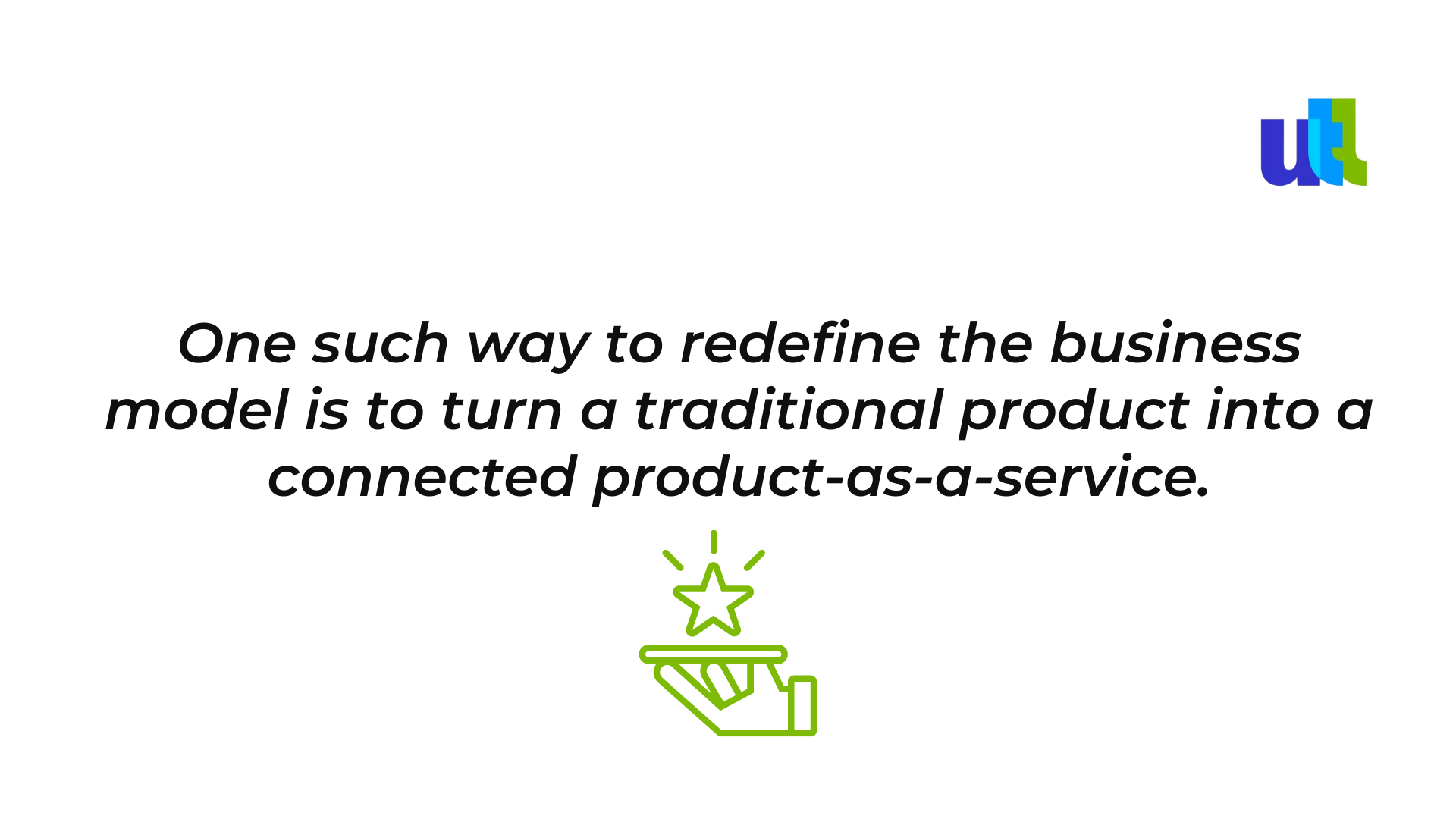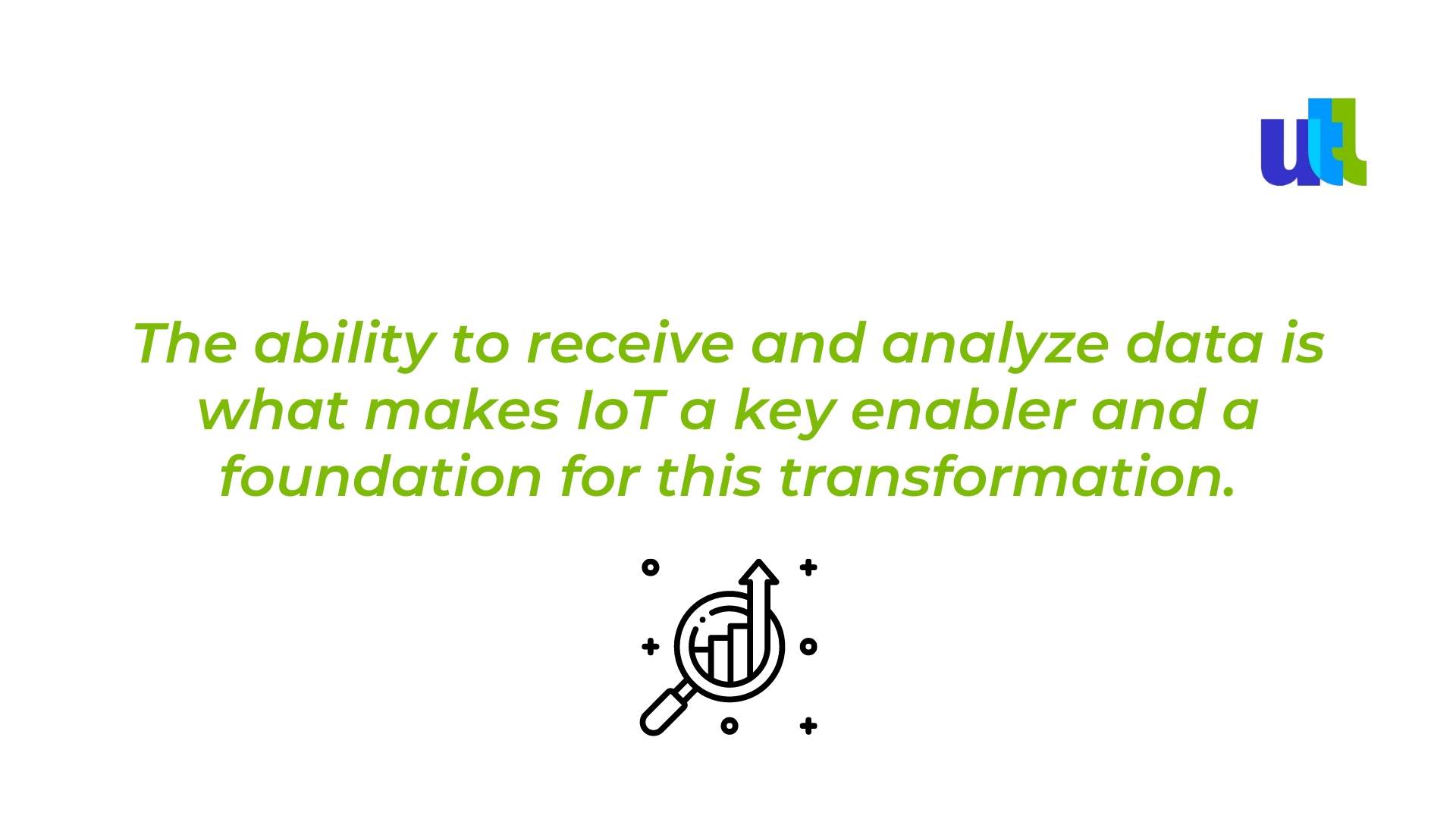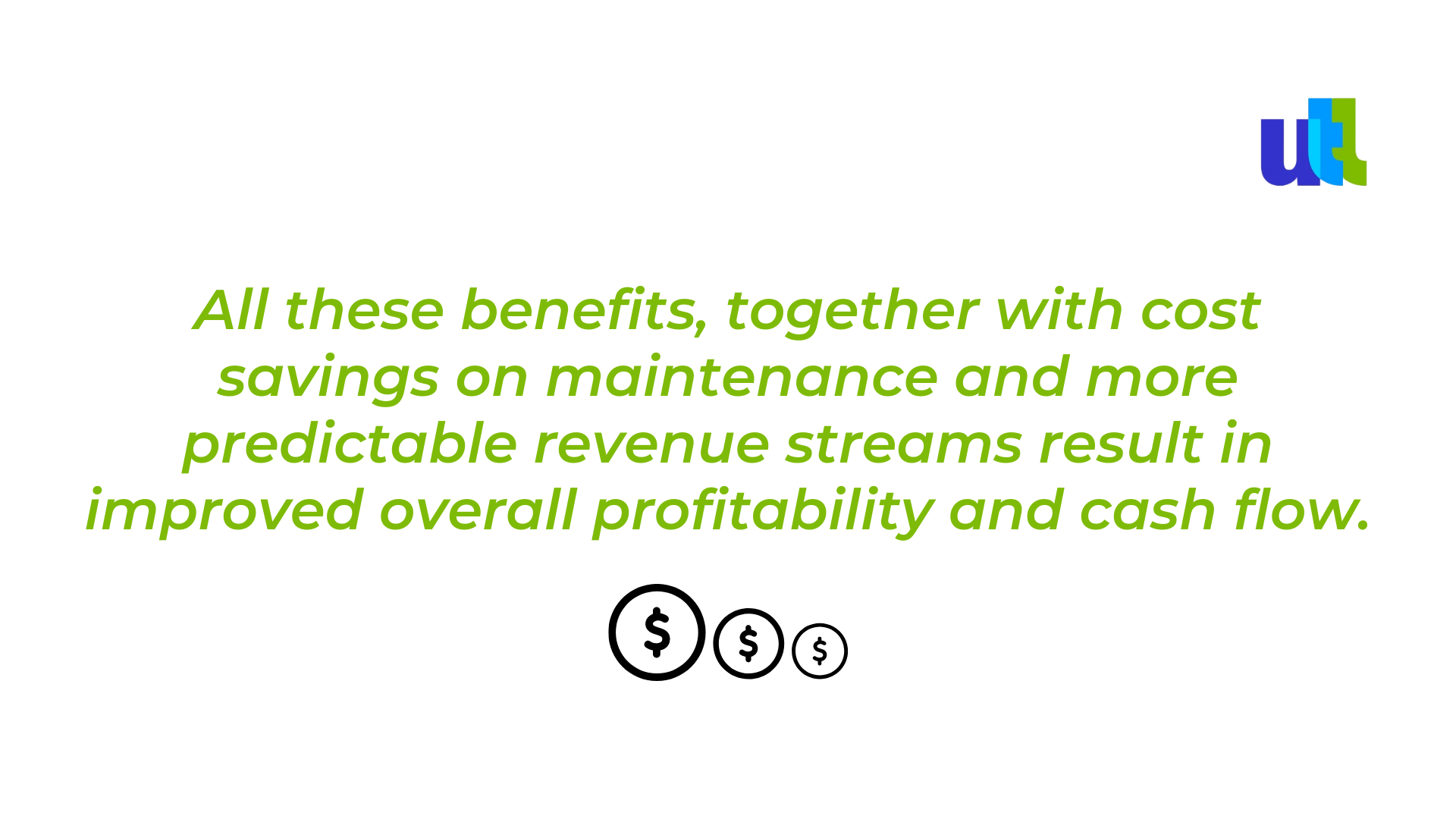One of the biggest opportunities within the IoT is the possibility of transforming a company’s business model and offering a connected service instead of a single physical product.
While looking for IoT connectivity opportunities, the initial business case is often focused on cost savings. However, a big opportunity lies in creating new business models that build deeper customer relationships and increase revenues.

Such product redefinition entails a fundamental shift in mindset from selling a ready-to-use product (with a one-time transaction) to providing connectivity solutions and instead charging for usage (or performance).
What is an IoT business model?
In general, the business model describes the rationale of how an organization creates, delivers, and captures value.
Unfortunately, in the IoT world, it’s common to see companies that simply add sensors to an existing product, display the data on a dashboard, and call it “value.” And that is why they are not getting traction in the market - the value is not really there.
In the IoT business model, the enterprise sells an integrated package that includes hardware, software, connectivity, maintenance, customer support, installation, and other value-adding services for a recurring fee.
It should:
- Focus on capturing and delivering value.
- Leverage the unique characteristic of IoT products of having 24/7 connectivity (product as a service) and produce innovative and differentiated value as compared to the initial product.
What does a connected product-as-a-service include?
The as-a-service model is not new. It is widely adopted by technology companies such as Microsoft and IBM offering software-as-a-service (SaaS). It has become a standard delivery model for many business applications (like office software) and has made subscription services generally accepted.
A connected product-as-a-service can be easily found in the growing sharing economy, especially for cars and bicycles. The shared use of such assets reduces both the cost and the environmental impact, thus, expanding greatly the potential target group.

Transforming the business model to a product-as-a-service through IoT impacts the whole organization – from strategy and processes to people and technology. And it might be a challenging process, but the effort is worth it for the significant benefits that both the enterprise and its customers get.
Enterprises also can:
- Improve their offering by receiving data on product usage and performance;
- Launch new services and build stronger customer relationships centered around service;
- Offer greater customer support;
- Improve sales by lowering the initial investment (as per customer);
- Offer better-tailored pricing models;

There are some practices and key considerations that can help enterprises succeed on this journey.
What will allow you to innovate and make faster progress? From the very beginning, it is important to put a strategy in the lead and ensure that technology fully matches the strategic objectives. Another crucial requirement is having strong support and commitment from the professional management team that coordinates a dedicated, cross-functional team with both technical and commercial expertise.
Furthermore, there is a range of key considerations and strategic questions for you to answer. Here are some of them, divided into 7 segments:
Customers: Who are the new customer segments? How can we transition existing customers?
Value proposition: How can we redefine the value proposition from the focus on selling an asset to delivering a service for a fee?
Business case: What is the expected impact on revenues and costs? Which pricing model to choose? How to manage cash flow impact?
Product development: Is product redesign needed? Will the service support after-sales updates?
Sales and distribution: What is the impact on the sales team and other? Will we need new distributors?
IT systems: What are the new systems or tech capabilities needed? Do we need changes in the way we deal with data ownership, privacy, and security?
Partners: What can be done in-house? What can be provided by partners? How will we create a new ecosystem? What role will we play in it?
Based on these questions, we can clearly see the main considerations in transforming a company’s business model from a traditional product into an IoT-enabled product-as-a-service.
There are endless possibilities of how you can use IoT products to gather data, and then provide a service using the insights you collected. However, do remember that a business model impacts every part of your organization, including Sales, Marketing, Finance, Supply Chain, IT, Engineering, etc. Therefore, a key to success in this type of business transformation is also to start small with the support of an experienced tech partner, a few customers, and selected use cases. Identifying what are the competence gaps and implementing recruitment and/or third-party help should be high on the agenda.
Once you feel confident, the risks have been addressed, and the outcome is predictable you can start deploying the model and scaling.
Utah Tech Labs IoT products provide many new and innovative business models for the monetization and adoption of your services.
For free consultation about IoT projects click here.
----------------------------------------------------------------------------------------------
View the full presentation:
WRITTEN BY
Sofia Kutko
2023-04-11


































































































































































































